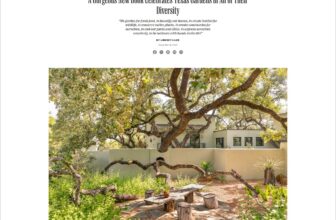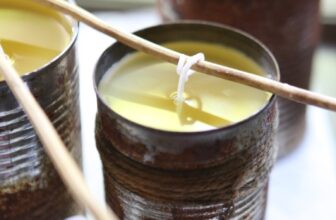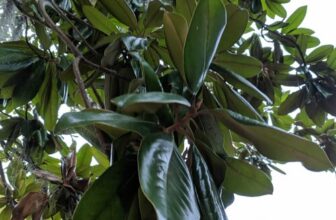Happy Monday GPODers!
We’re starting the week with Robin Hess in Hampton Falls, NH. Robin has shared some fall close-ups in the past (Robin’s New Hampshire Garden), and she’s back to share what was blooming and unfurling this year.
Hello! Here’s my New Hampshire garden. All the photos were taken this fall, even the new fronds from the late blooming ostrich fern.
 Even in the late season, Robin’s garden is providing blooms for pollinators that are still working hard. This bight pink ‘Hot Lips’ chelone (Chelone lyonii ‘Hot Lips’, Zones 3–8) is a bright pink beacon against a backdrop of fall foliage.
Even in the late season, Robin’s garden is providing blooms for pollinators that are still working hard. This bight pink ‘Hot Lips’ chelone (Chelone lyonii ‘Hot Lips’, Zones 3–8) is a bright pink beacon against a backdrop of fall foliage.
 However, adding some more radiant orange to the landscape is never a bad idea either. Robin said this gorgeous mum is the variety ‘Amber Morning’ (Chrysanthemum ‘Amber Morning’, Zones 5–9).
However, adding some more radiant orange to the landscape is never a bad idea either. Robin said this gorgeous mum is the variety ‘Amber Morning’ (Chrysanthemum ‘Amber Morning’, Zones 5–9).
 The aforementioned fronds! Robin let us know that this is a ‘The King’ ostrich fern (Matteuccia struthiopteris ‘The King’, Zones 3–7), and even the fronds are quite stately. If you have the space, ‘The King’ is a great, bold clumper for woodland gardens, growing up to 50% larger than the straight species.
The aforementioned fronds! Robin let us know that this is a ‘The King’ ostrich fern (Matteuccia struthiopteris ‘The King’, Zones 3–7), and even the fronds are quite stately. If you have the space, ‘The King’ is a great, bold clumper for woodland gardens, growing up to 50% larger than the straight species.
 A perfect mound of ‘Daisy Rose’ mum (Chrysanthemum ‘Daisy Rose’, Zones 5–9) absolutely glows against the yellow foliage behind, while subtly matching with their yellow centers.
A perfect mound of ‘Daisy Rose’ mum (Chrysanthemum ‘Daisy Rose’, Zones 5–9) absolutely glows against the yellow foliage behind, while subtly matching with their yellow centers.
 Robin had this plant labeled as Clematis paniculata, a species native to New Zealand. But it actually looks to be a sweet autumn clematis (C. terniflora, Zones 5–11) because the flowers have four sepals, while C. paniculata (known as puawānanga in New Zealand’s native language) has six. This is a very common mistake—not because of home gardeners—but because of many nurseries that frequently mislabel these plants. And these mistakes have huge impacts, because sweet autumn clematis is highly invasive in much of the US. However, it has not been reported as invasive in Robin’s area of New Hampshire, and it looks to be well-maintained, controlled, and simply stunning in this photo.
Robin had this plant labeled as Clematis paniculata, a species native to New Zealand. But it actually looks to be a sweet autumn clematis (C. terniflora, Zones 5–11) because the flowers have four sepals, while C. paniculata (known as puawānanga in New Zealand’s native language) has six. This is a very common mistake—not because of home gardeners—but because of many nurseries that frequently mislabel these plants. And these mistakes have huge impacts, because sweet autumn clematis is highly invasive in much of the US. However, it has not been reported as invasive in Robin’s area of New Hampshire, and it looks to be well-maintained, controlled, and simply stunning in this photo.
Just a friendly reminder that plant labels can sometimes be misleading or simply wrong. I obviously make my fair share of mistakes, too. I am only an enthusiast, and not a botanist. It’s never a bad idea to do some additional searching before adding any plant to your garden. I linked them above, but Invasive Plant Atlas is an incredible resource to utilize.
With that, I’ll get off my soapbox and thank Robin so much for sharing her stunning garden and photography with us again. Sometimes it is the seemingly simple flower photos that spark the most interesting rabbit holes!
Have a garden you’d like to share?
Have photos to share? We’d love to see your garden, a particular collection of plants you love, or a wonderful garden you had the chance to visit!
To submit, send 5-10 photos to [email protected] along with some information about the plants in the pictures and where you took the photos. We’d love to hear where you are located, how long you’ve been gardening, successes you are proud of, failures you learned from, hopes for the future, favorite plants, or funny stories from your garden.
Have a mobile phone? Tag your photos on Facebook, Instagram or Twitter with #FineGardening!
Do you receive the GPOD by email yet? Sign up here.
Fine Gardening Recommended Products
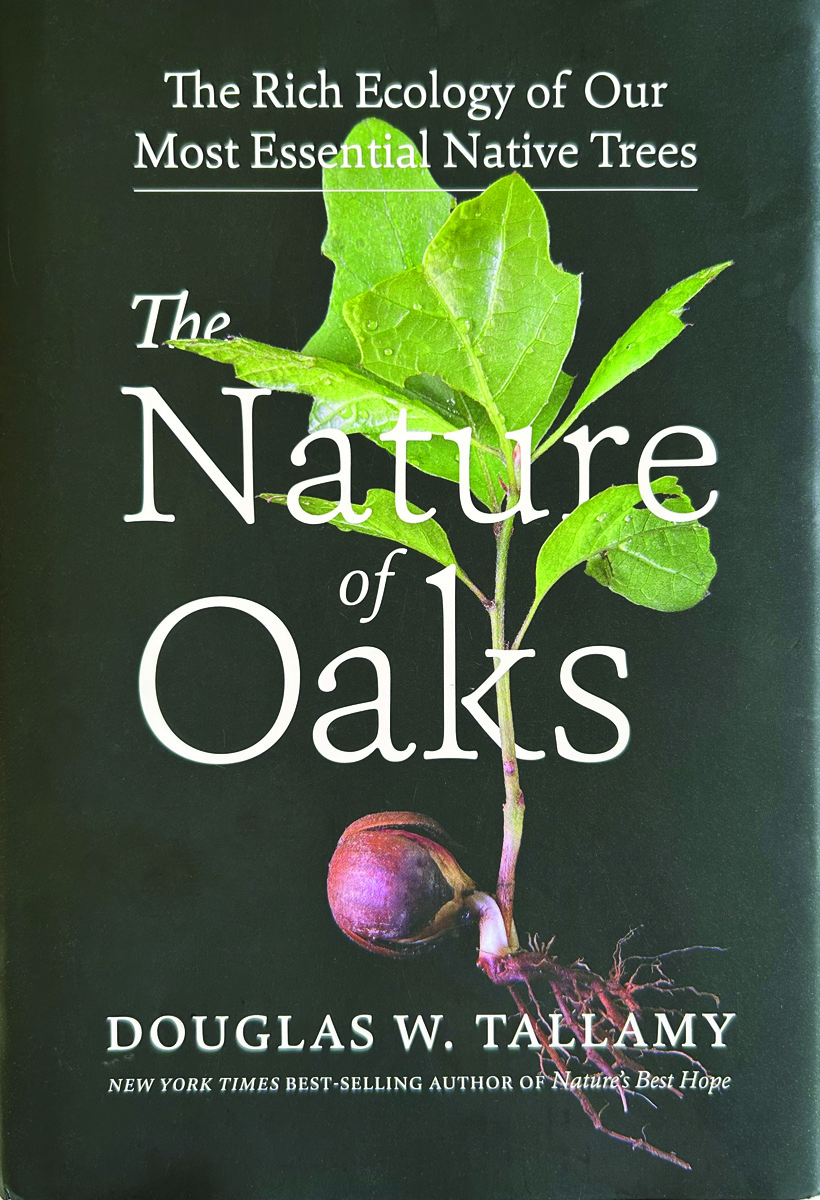
The Nature of Oaks: The Rich Ecology of Our Most Essential Native Trees
Fine Gardening receives a commission for items purchased through links on this site, including Amazon Associates and other affiliate advertising programs.
The Nature of Oaks reveals what is going on in oak trees month by month, highlighting the seasonal cycles of life, death, and renewal. From woodpeckers who collect and store hundreds of acorns for sustenance to the beauty of jewel caterpillars, Doug Tallamy illuminates and celebrates the wonders that occur right in our own backyards. He also shares practical advice about how to plant and care for an oak, along with information about the best oak species for your area.
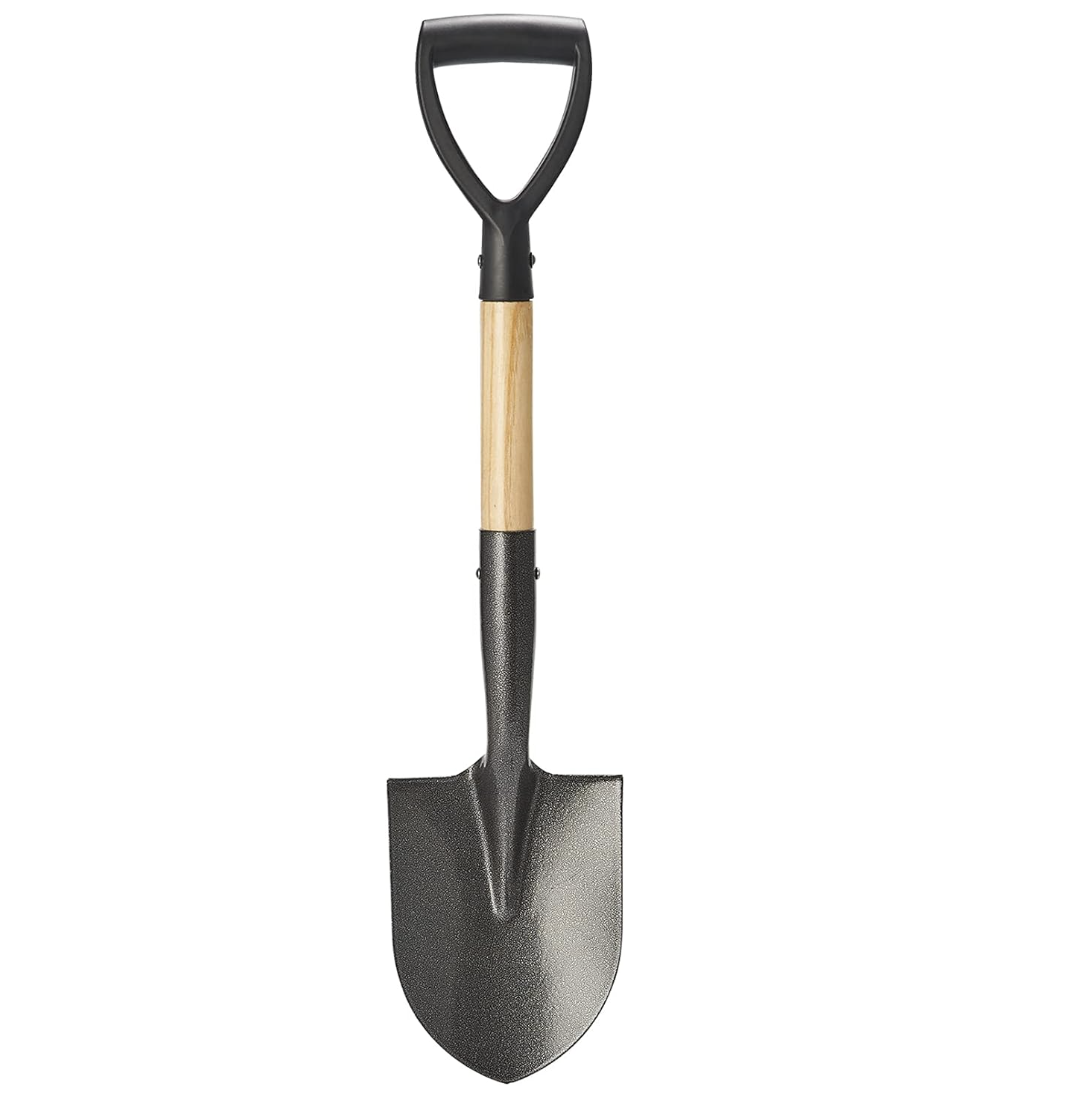
Corona® Multi-Purpose Metal Mini Garden Shovel
Fine Gardening receives a commission for items purchased through links on this site, including Amazon Associates and other affiliate advertising programs.
Longer Service Life: The blade of this round small shovel is made of carbon steel, which can effectively improve the hardness by high temperature quenching, and the surface has anti-rust coating to avoid rusting. In the process of use when encountering hard objects will not bend and deformation.
Sturdy Structure: The small garden shovel with D-handle, ergonomically designed grip can increase the grip of the hand when using, the handle is made of strong fiberglass, will not bend and break under heavy pressure. Quick Digging: Well-made digging shovel has a sharp blade, and the round shovel head is designed to easily penetrate the soil and cut quickly while digging to enhance your work efficiency.
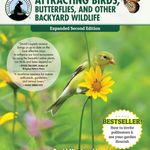
National Wildlife Federation®: Attracting Birds, Butterflies, and Other Backyard Wildlife, Expanded Second Edition (Creative Homeowner) 17 Projects & Step-by-Step Instructions to Give Back to Nature
Fine Gardening receives a commission for items purchased through links on this site, including Amazon Associates and other affiliate advertising programs.
From the National Wildlife Federation, the largest U.S. nonprofit conservation organization, with 6 million members and 51 state and territorial affiliated organizations. 17 step-by-step projects that everyone can do together make getting your family back to nature easy, educational, and fun. Over 200 color photos of backyard wildlife habitats and the wide variety of creatures they attract, plus step-by-step photos and illustrations for family projects. Learn wildlife-friendly practices for gardening, landscape design, supplemental feeders, birdbaths, nesting places, and more. Learn how to attract backyard pollinators, from bees and butterflies to beetles, bats, and hummingbirds
Get your garden certified by the National Wildlife Federation’s Garden for Wildlife(TM) program by following the included certification application checklist.

